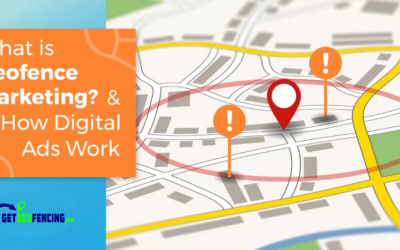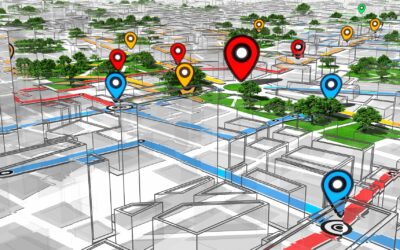Geofencing Campaigns: Revolutionizing Marketing Efforts
Are you looking to take your marketing campaigns to the next level? Geofencing campaigns might just be the solution you need. With its ability to target specific locations and deliver highly personalized messages, geofencing has revolutionized the way businesses engage with their customers.
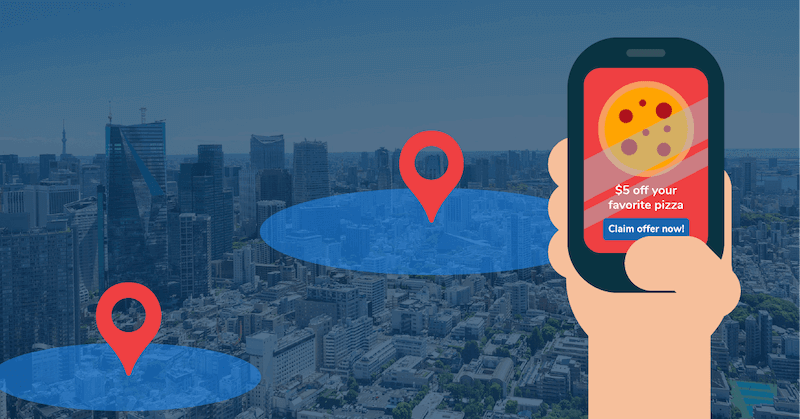
What is geofencing?
In simple terms, geofencing uses GPS or RFID technology to create virtual boundaries around a specific area. These boundaries can be as small as a single store or as large as an entire city. When someone enters or exits that area, they receive targeted notifications or ads on their mobile devices. This allows businesses to reach their audience at the right time and place, increasing the chances of conversions.
Geofencing technology has become increasingly popular due to the widespread use of smartphones. According to Statista, the number of smartphone users worldwide is projected to reach 3.8 billion in 2021. This presents a huge opportunity for businesses to effectively target and engage with their audience through geofencing campaigns.
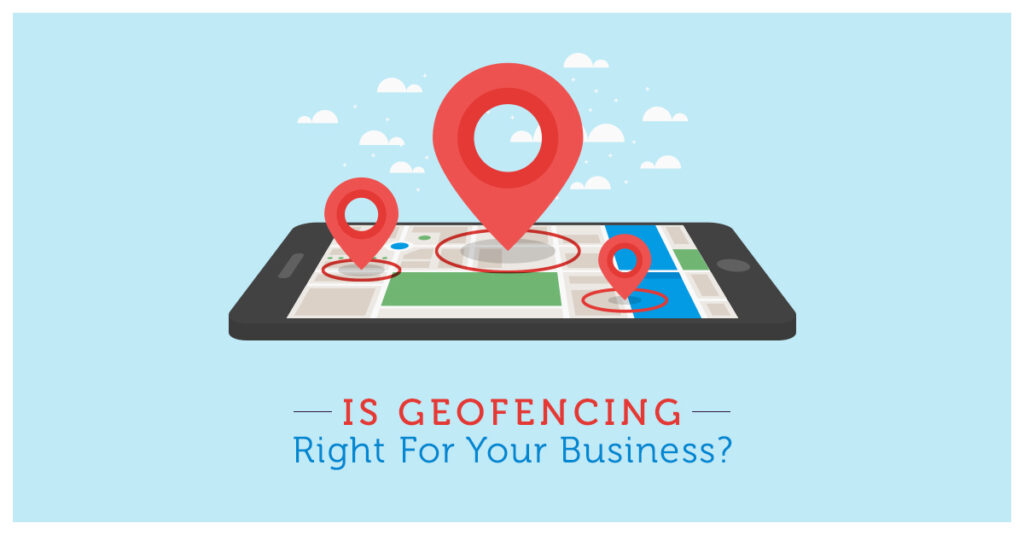
How do geofencing campaigns work?
Geofencing campaigns work by utilizing a combination of GPS, Wi-Fi, cellular data, and RFID technology. When a user enters or exits a designated geofenced area, their device sends a signal to the geofencing software. This triggers the delivery of a targeted message or ad to the user’s mobile device.
These messages can take various forms, such as push notifications, text messages, or in-app ads. They can include special offers, discounts, promotions, or any other content that is relevant to the user’s location and preferences. By delivering these messages in real-time, businesses can create a sense of urgency and drive immediate action.
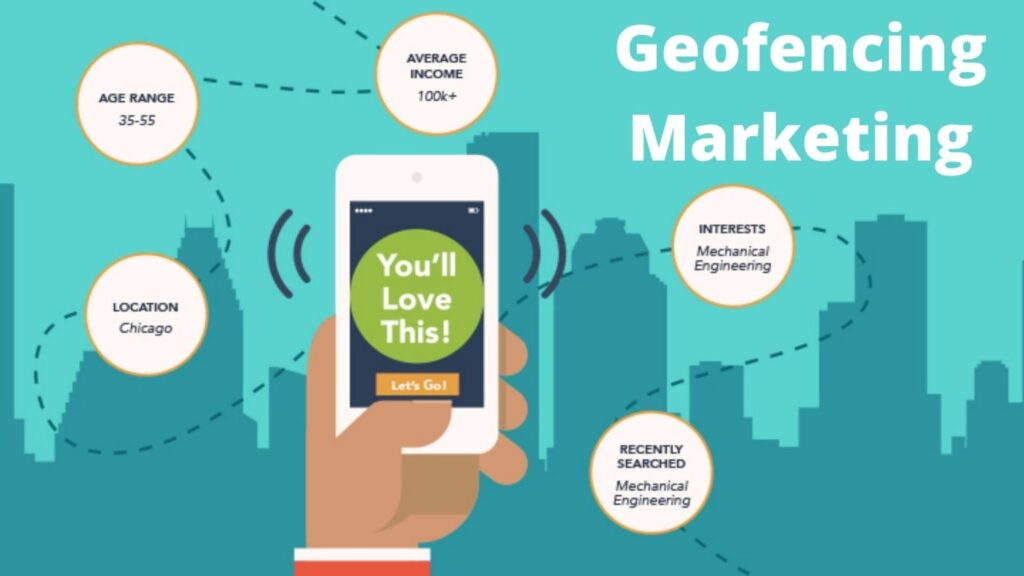
Benefits of geofencing campaigns
Geofencing campaigns offer a wide range of benefits for businesses of all sizes and industries. Let’s explore some of the key advantages:
- Increased foot traffic: By targeting users who are physically near your store, geofencing campaigns can drive foot traffic and increase store visits. You can entice potential customers with exclusive offers or time-limited deals to encourage them to visit your brick-and-mortar location.
- Higher conversion rates: Geofencing allows you to deliver personalized messages to users who are already in proximity to your business. This increases the chances of conversion as the message is highly relevant and timely. Users are more likely to take action when they receive offers tailored to their specific location and needs.
- Improved customer engagement: Geofencing campaigns enable businesses to engage with their customers in a more meaningful way. By delivering relevant and personalized messages, businesses can create a stronger connection with their audience. This leads to improved customer satisfaction and loyalty.
- Precise targeting: Geofencing allows businesses to target specific locations with precision. Whether you want to reach a particular neighborhood, event venue, or even a competitor’s store, geofencing campaigns give you the ability to define your boundaries and reach the right audience at the right time.
- Cost-effective marketing: Geofencing campaigns can be highly cost-effective compared to traditional forms of advertising. By targeting a specific area, businesses can avoid wasting their marketing budget on reaching people who are unlikely to convert. This ensures that your marketing efforts are focused on the most relevant audience.
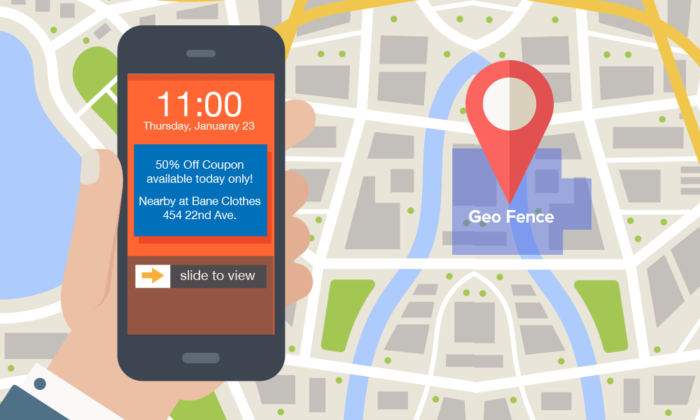
Geofencing statistics and success stories
The effectiveness of geofencing campaigns can be seen in various statistics and success stories from businesses that have implemented this strategy. Let’s take a look at some compelling data:
- According to a study by Blis, 60% of consumers have engaged with a business after receiving a geofenced ad. This highlights the impact of geofencing campaigns on consumer behavior.
- A case study by Starbucks showed that geofencing campaigns can significantly boost foot traffic and sales. By sending targeted messages to users near their stores, Starbucks achieved a 16% increase in store visits and a 50% higher conversion rate.
- Another success story comes from McDonald’s, which used geofencing to promote their mobile app. By geofencing their competitor’s locations, they were able to deliver targeted ads to potential customers who were in close proximity to their restaurants. This resulted in a 20% increase in app downloads and a significant boost in sales.
These statistics demonstrate the power of geofencing campaigns in driving real results for businesses across different industries.

Creating a geofencing campaign strategy
To maximize the effectiveness of your geofencing campaigns, it’s important to develop a well-thought-out strategy. Here are some key steps to consider:
- Define your goals: Clearly define what you want to achieve with your geofencing campaign. Whether it’s increasing store visits, driving online purchases, or improving customer engagement, having specific goals will help you tailor your campaign accordingly.
- Identify target locations: Determine the specific areas where you want to target your audience. This could be your own store, competitor locations, popular event venues, or any other relevant locations. Consider factors such as customer demographics, foot traffic, and proximity to your business.
- Segment your audience: Divide your target audience into segments based on their location, demographics, and preferences. This will allow you to personalize your messages and offers for maximum impact. For example, you can create different campaigns for users near your store and users attending a local event.
- Craft compelling messages: Develop engaging and personalized messages that will resonate with your audience. Consider their location, interests, and needs to create content that is relevant and compelling. Use strong calls-to-action to encourage immediate action.
- Choose the right delivery channels: Determine the best channels for delivering your geofencing messages. This could include push notifications, text messages, in-app ads, or a combination of these. Consider the preferences of your target audience and choose channels that are most likely to capture their attention.
- Monitor and optimize: Continuously monitor the performance of your geofencing campaigns and make necessary optimizations. Track metrics such as click-through rates, conversions, and store visits to evaluate the success of your campaigns. Use this data to refine your strategy and improve future campaigns.
By following these steps, you can create a geofencing campaign strategy that drives results and helps you achieve your marketing goals.
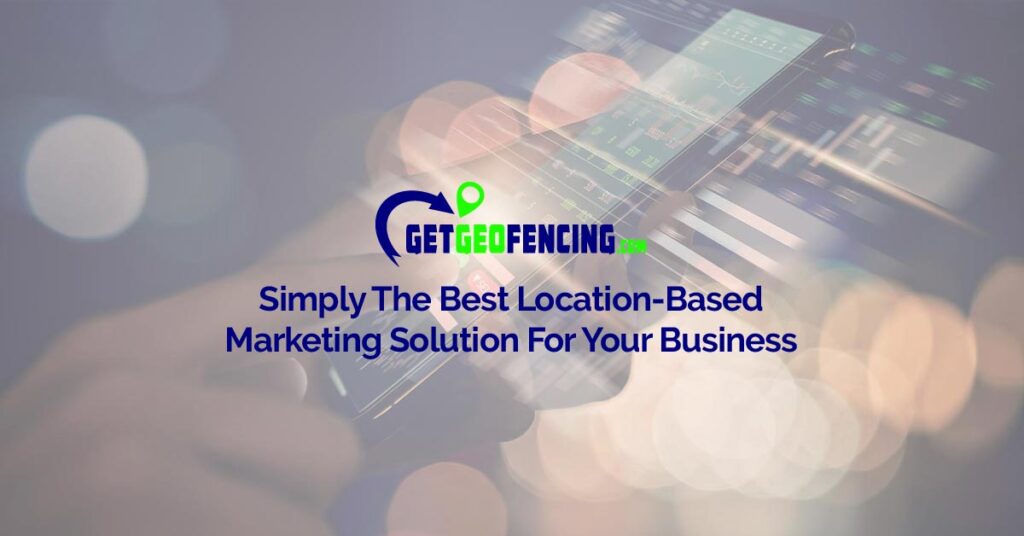
Best practices for geofencing campaign design and implementation
When designing and implementing your geofencing campaigns, it’s important to keep some best practices in mind. These practices will help you maximize the effectiveness of your campaigns and ensure a positive user experience. Here are some key tips:
- Respect user privacy: Obtain explicit consent from users before collecting any location data. Clearly communicate how their data will be used and give them the option to opt-out if they wish. Transparency and respect for privacy are crucial for building trust with your audience.
- Avoid excessive notifications: Be mindful of the frequency and timing of your notifications. Bombarding users with too many messages can lead to annoyance and push them to opt-out of your campaign. Consider sending messages only when they are highly relevant and timely.
- Personalize your messages: Take advantage of the data you have about your audience to personalize your messages. Use their names, location, and preferences to make the messages more engaging and relevant. This will help you stand out from generic marketing messages.
- Test and iterate: Experiment with different messages, offers, and delivery channels to find what works best for your audience. Conduct A/B tests to compare the performance of different variations and make data-driven decisions. Continuously iterate and optimize your campaigns based on the insights you gather.
- Integrate with other marketing channels: Geofencing campaigns work best when they are integrated with other marketing channels. Coordinate your geofencing messages with your email marketing, social media, and other digital marketing efforts to create a cohesive customer journey. This will enhance the overall impact of your campaigns.
By following these best practices, you can create geofencing campaigns that not only achieve your marketing goals but also provide a positive and engaging experience for your audience.

Tools and platforms for geofencing campaigns
Implementing geofencing campaigns requires the right tools and platforms to effectively target and engage your audience. Here are some popular options:
- Google Ads: Google Ads offers geofencing capabilities that allow you to target specific locations with your ads. You can set up custom geofences to reach users in a specific radius around your business or target users based on their location history.
- Facebook Ads: Facebook Ads also provides geofencing features that enable you to target users based on their location. You can create custom audiences by drawing a boundary around a specific area or target users who have recently visited a particular location.
- Localytics: Localytics is a mobile engagement platform that offers geofencing capabilities. It allows you to create and manage geofences, deliver personalized messages, and track the performance of your campaigns.
- Plot Projects: Plot Projects is a location-based marketing platform that specializes in geofencing campaigns. It provides tools for creating geofences, delivering personalized messages, and analyzing campaign performance.
These are just a few examples of the many tools and platforms available for implementing geofencing campaigns. Choose the one that best suits your business needs and budget.
Measuring and analyzing the success of your geofencing campaign
Measuring the success of your geofencing campaign is crucial for understanding its impact and optimizing future campaigns. Here are some key metrics to track:
- Click-through rate (CTR): The CTR measures the percentage of users who clicked on your geofencing message or ad. A higher CTR indicates that your message was compelling and resonated with your audience.
- Conversion rate: The conversion rate measures the percentage of users who took the desired action, such as making a purchase or visiting your store, after receiving your geofencing message. A higher conversion rate indicates that your message successfully motivated users to take action.
- Store visits: If your goal is to drive foot traffic to your physical store, tracking the number of store visits is essential. Use location analytics tools to measure the impact of your geofencing campaign on store visits.
- Return on investment (ROI): Calculate the ROI of your geofencing campaign by comparing the revenue generated against the cost of running the campaign. This will help you determine the overall effectiveness and profitability of your campaigns.
Analyzing these metrics will provide valuable insights into the success of your geofencing campaigns. Use this data to identify areas for improvement and make data-driven decisions for future campaigns.

Conclusion
Geofencing campaigns have revolutionized the way businesses engage with their customers. By leveraging the power of location-based targeting, businesses can deliver highly personalized messages to their audience in real-time. This increases the chances of conversions, drives foot traffic, and enhances customer engagement.
When implementing geofencing campaigns, it’s important to have a well-defined strategy, respect user privacy, and continuously optimize based on data. By following best practices and utilizing the right tools, businesses can maximize the effectiveness of their geofencing campaigns and achieve their marketing goals.
So, if you’re ready to supercharge your marketing efforts and reach your audience with precision, geofencing campaigns are worth exploring. Start leveraging the power of location-based targeting and watch your conversions soar.


